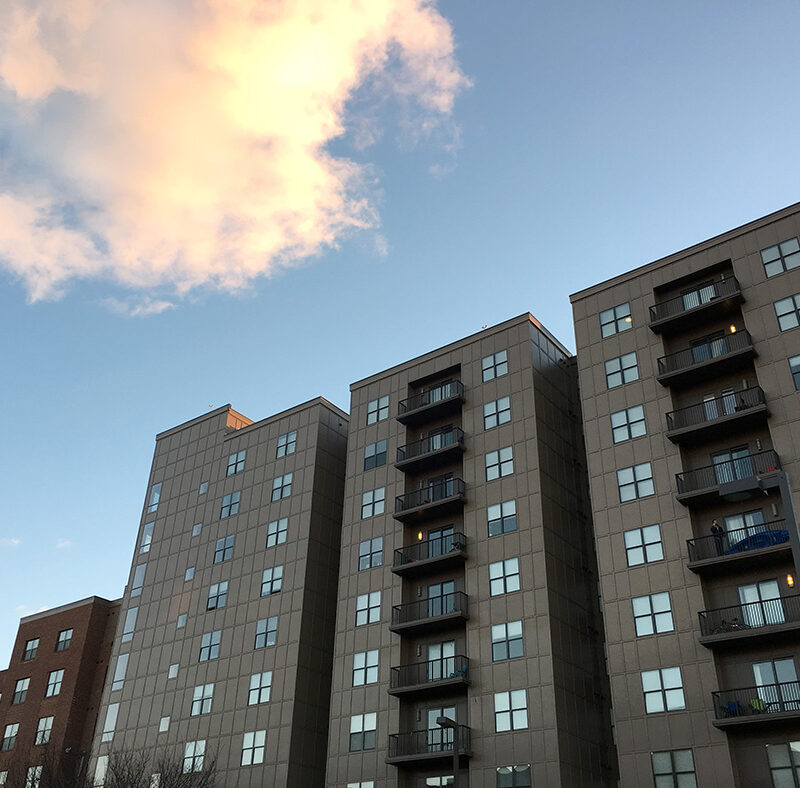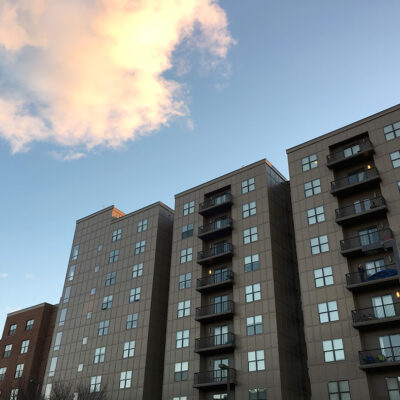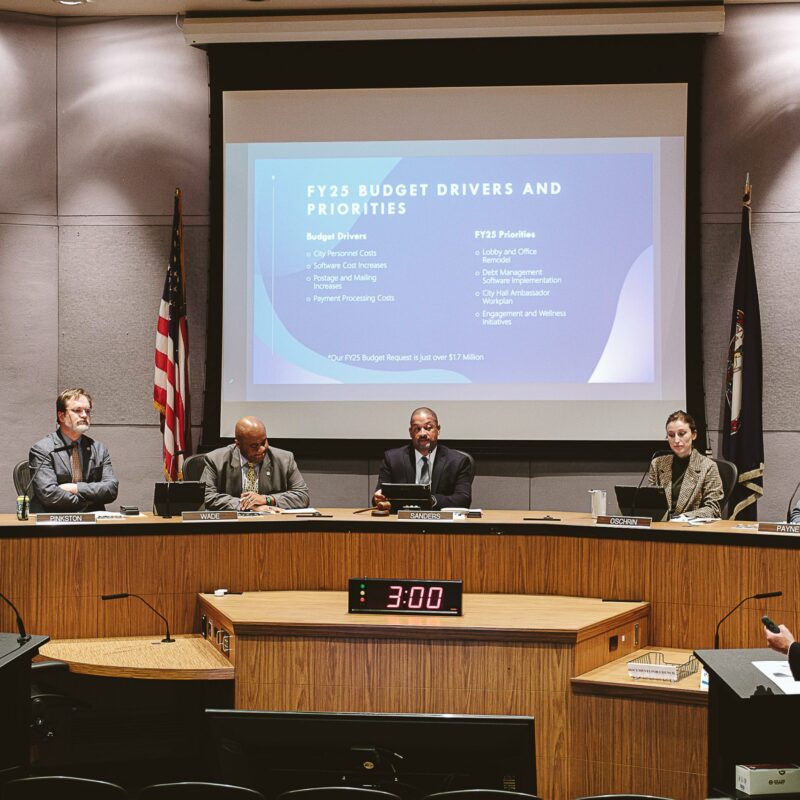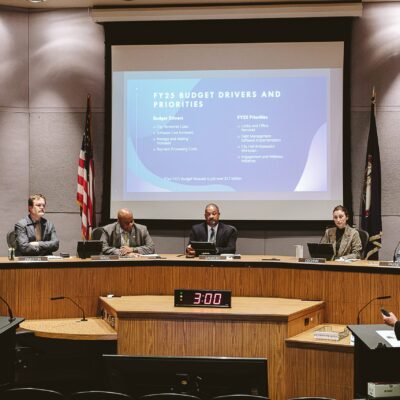The MOA is designed to mitigate adverse effects the road will have on McIntire Park. Currently, the MOA stipulates creation of a landscape plan and two water gardens to minimize the visual effects of the two-lane road, as well as 35 miles-per-hour speed limit signage, and photo documentation of both the park and the McIntire Golf Course.
According to a letter by the state Department of Historic Resources (DHR), however, “the revised MOA fails to present clearly defined and enforceable mitigation measures that adequately address the magnitude of the undertaking of the nature of its effects.”
Julie Langan, DHR’s director of Resource Services and Review, tells C-VILLE that although there isn’t any “one thing” that the department would like to see in the MOA, the memo “needs to be reasonable and proportionate to the adverse impact of the project.”
“And we do take seriously the local opinion,” says Langan. “What does the local community value? What would they like to see in mitigation?”
The community is split. The Coalition to Preserve McIntire Park has argued for the preservation of the park as a historic resource for years. For John Cruickshank, chair of the Piedmont chapter of the Sierra Club, parkland proposed to replace that to be lost within McIntire Park is “totally inadequate.”
“Serene hills are being replaced with roadside property along the Meadow Creek Parkway in Albemarle County,” he writes in comments to the MOA.
An interesting clause in the agreement states that the Virginia Department of Transportation (VDOT) secured $4.6 million to “acquire title to or permanent easement over 49.1 acres” for use by the city as replacement parkland. The acreage, however, is located in the county.
Daniel Bluestone, a coalition member and representative of Preservation Piedmont, finds this stipulation “shocking.”
“Mitigation discussions suggest that our community has been compensated for the loss of its historic parkland by the purchase of land outside of the legal boundaries of Charlottesville City,” he writes in the comments.
The federal Advisory Council on Historic Preservation (ACHP), which also has not signed the MOA, agrees with Bluestone. “That acreage was acquired as compensation for the Meadowcreek Parkway project and should not be considered a mitigation for the current undertaking.”
The MOA requires a signature from either the DHR or ACHP for the project to move forward. According to Kathy Perdue, project manager for USACE, both agencies indicated “several things they would like to see different” in the MOA.
“Our next step would be to work with them and see if we can resolve their concerns,” says Perdue. Langan proposed that all the consulting parties meet and discuss mitigation issues.
“What you work toward is a consensus among the project applicant, our office, the advisory council on historic preservation, and the community,” says Langan. “We would think that there might be suggestions that haven’t been made yet that could be appropriate and that’s why we think there should be another meeting.”





